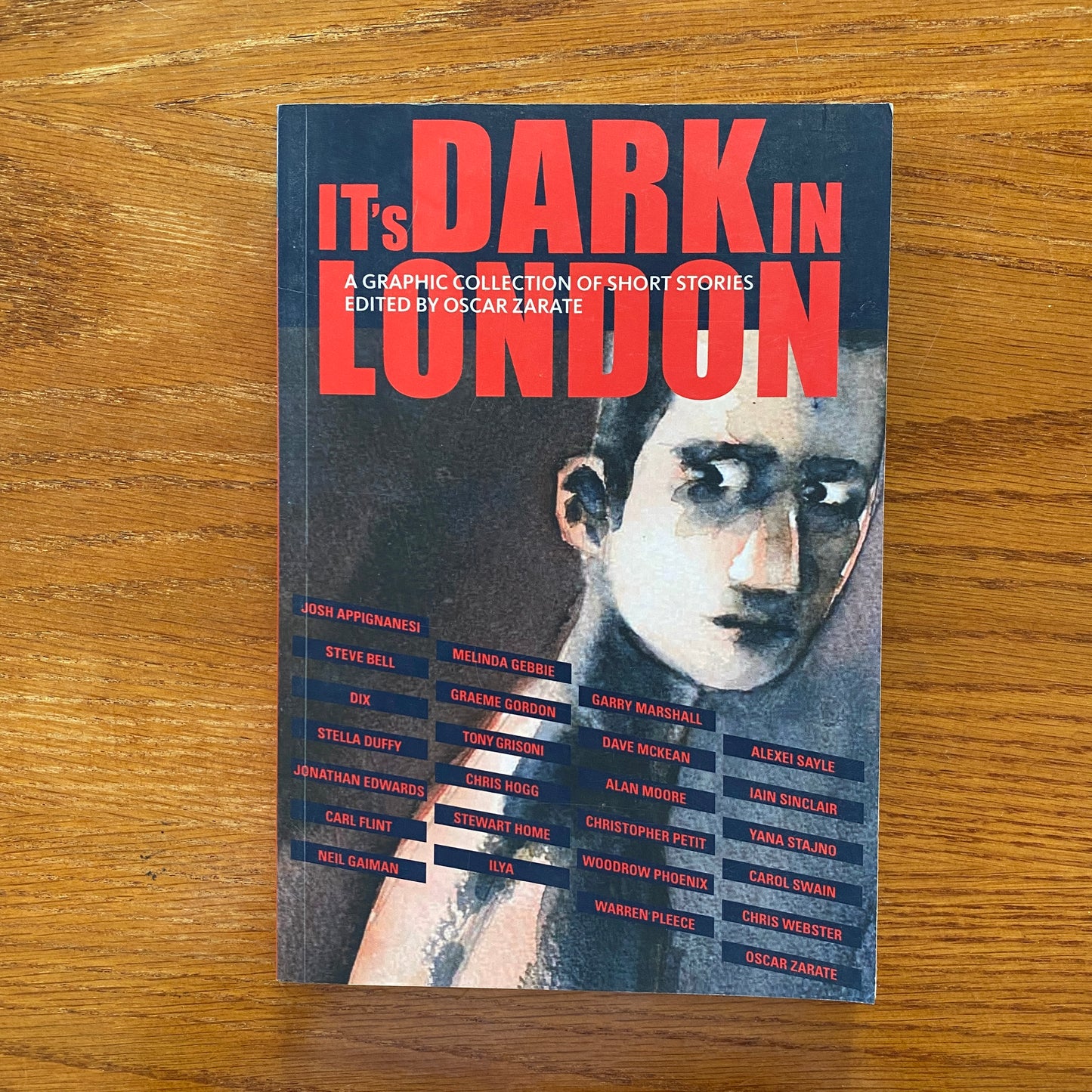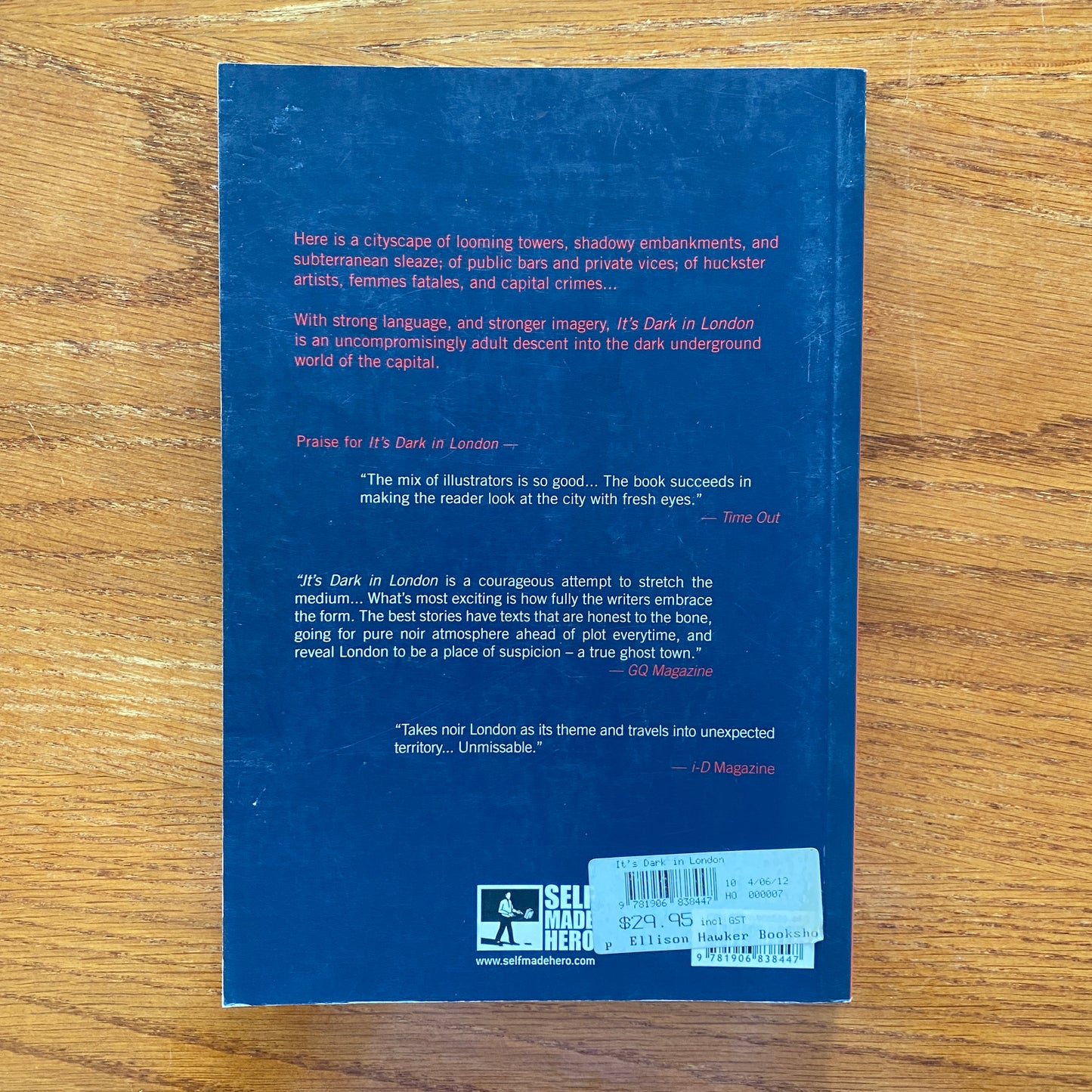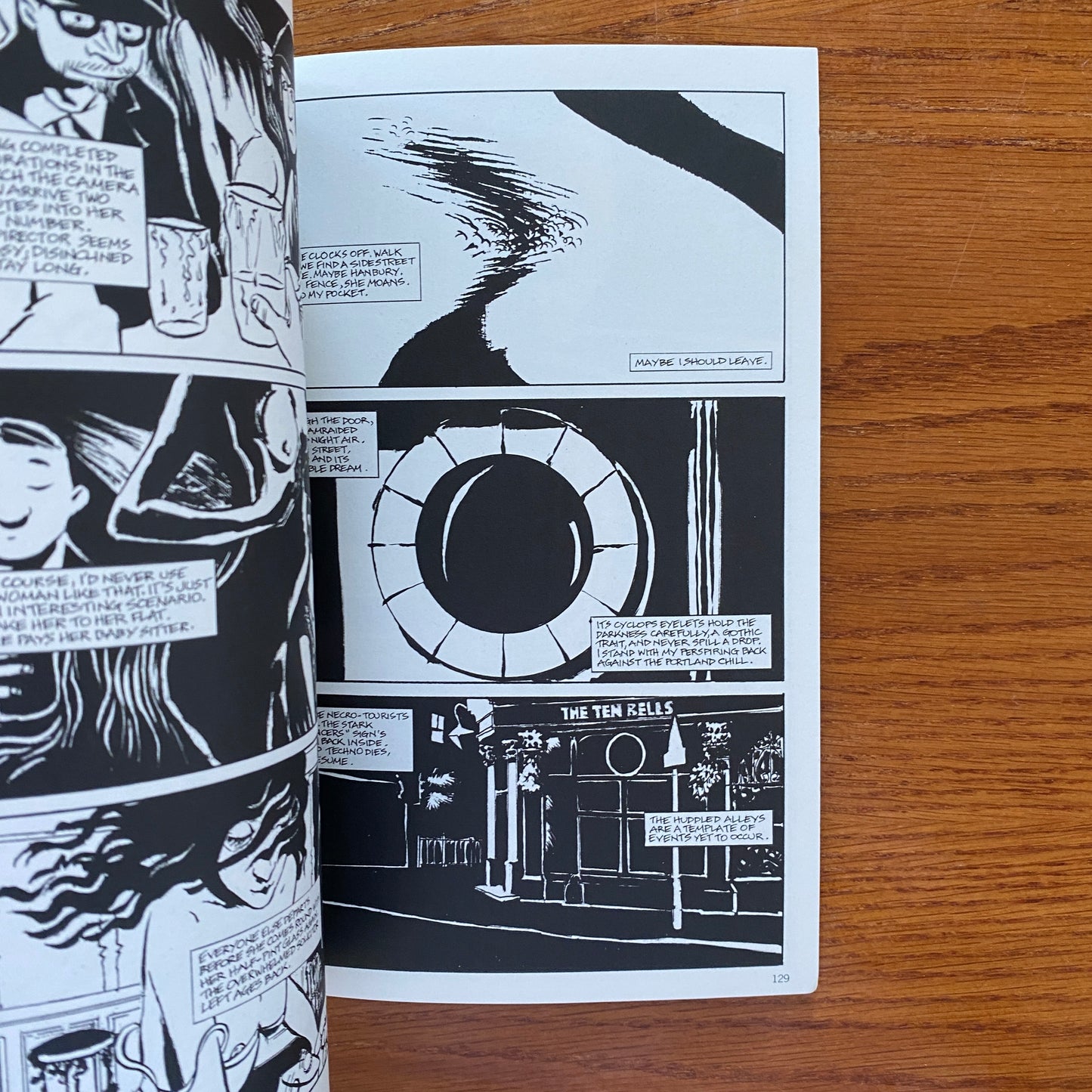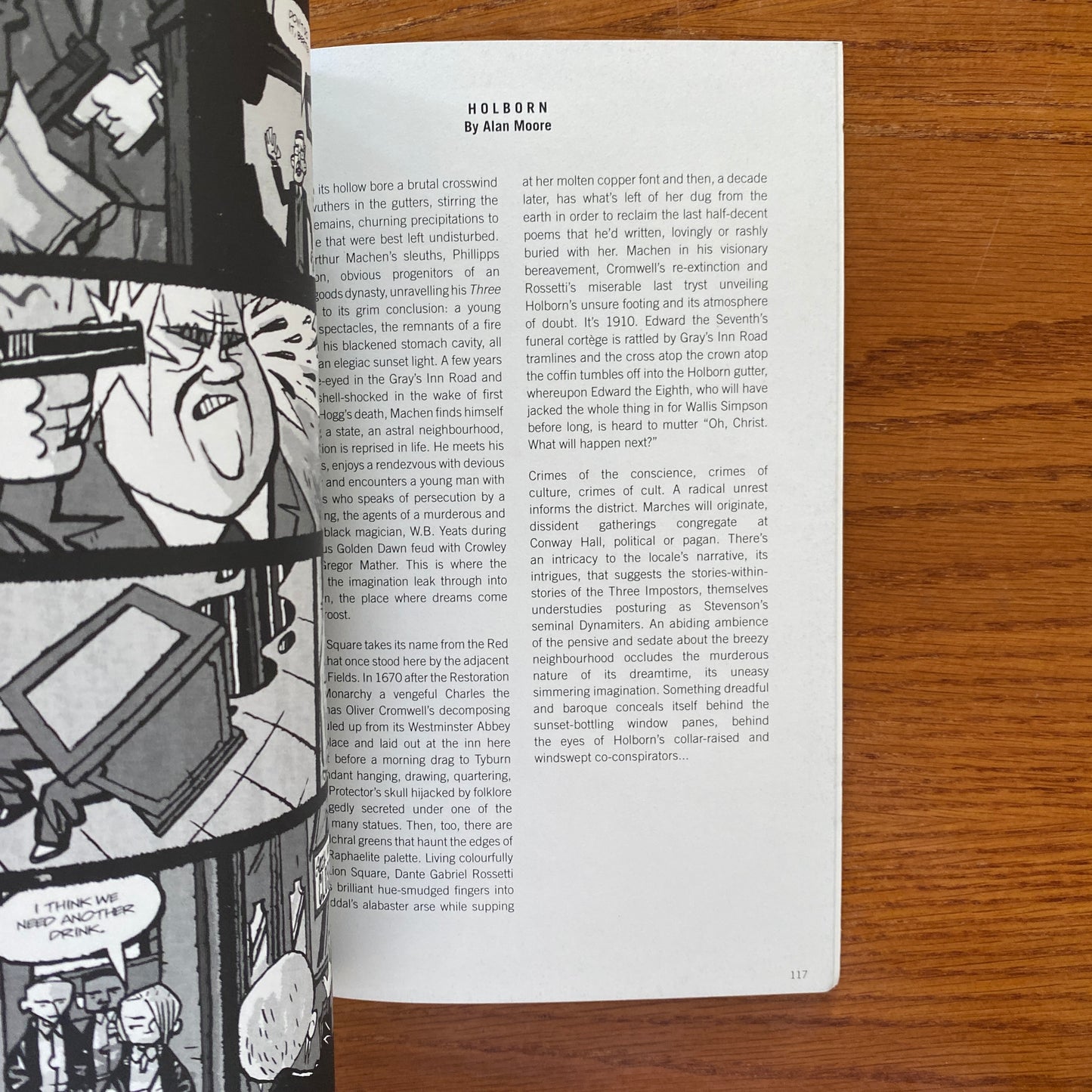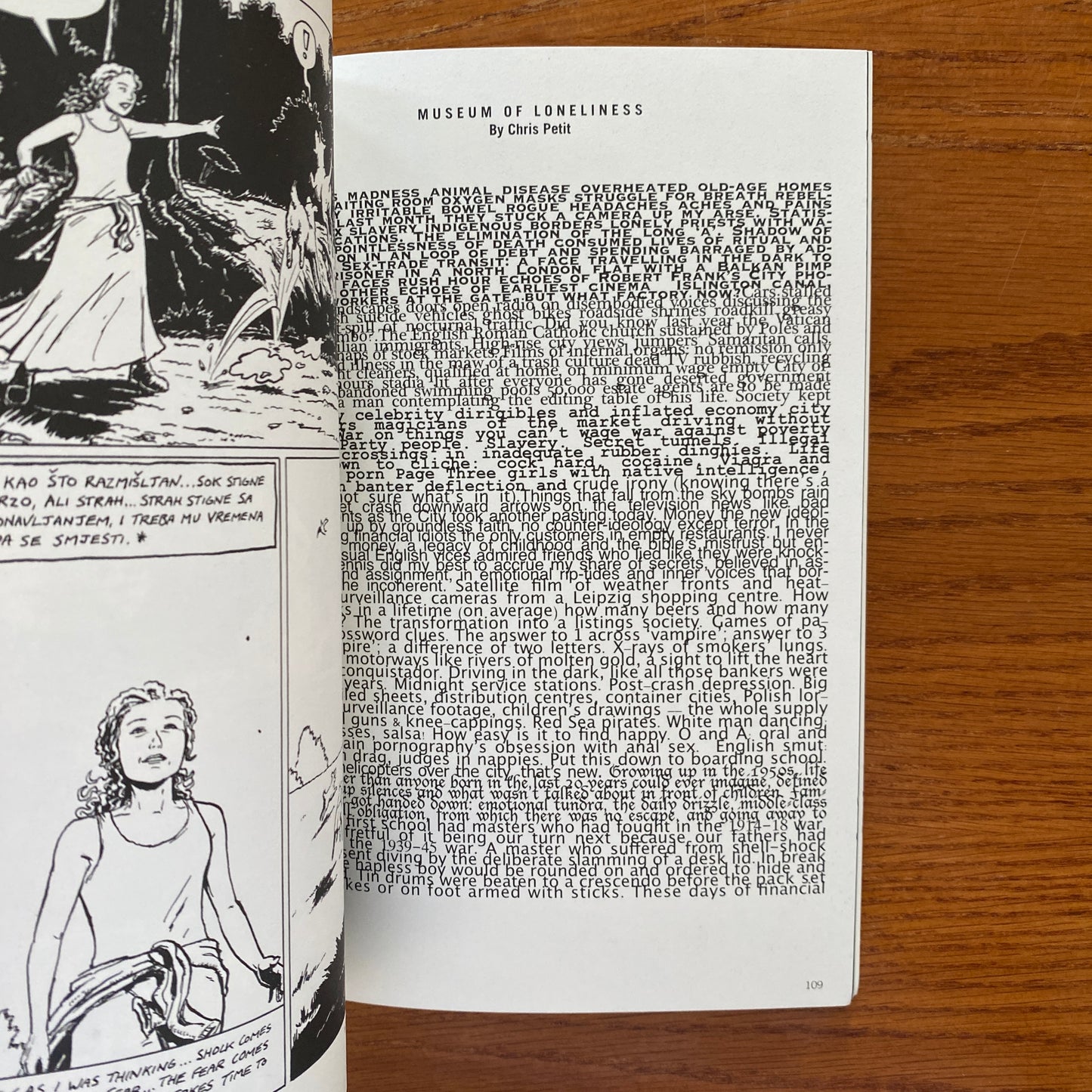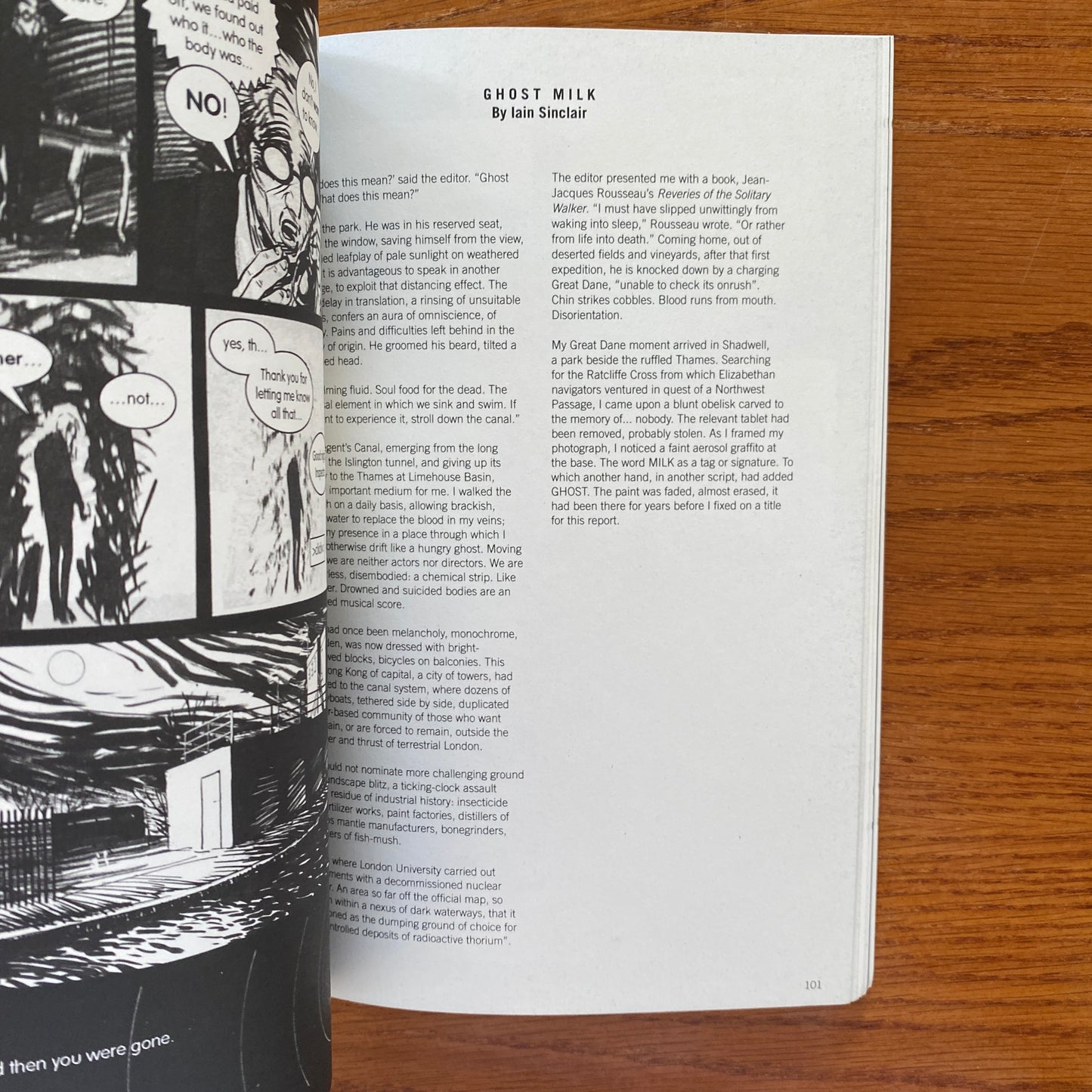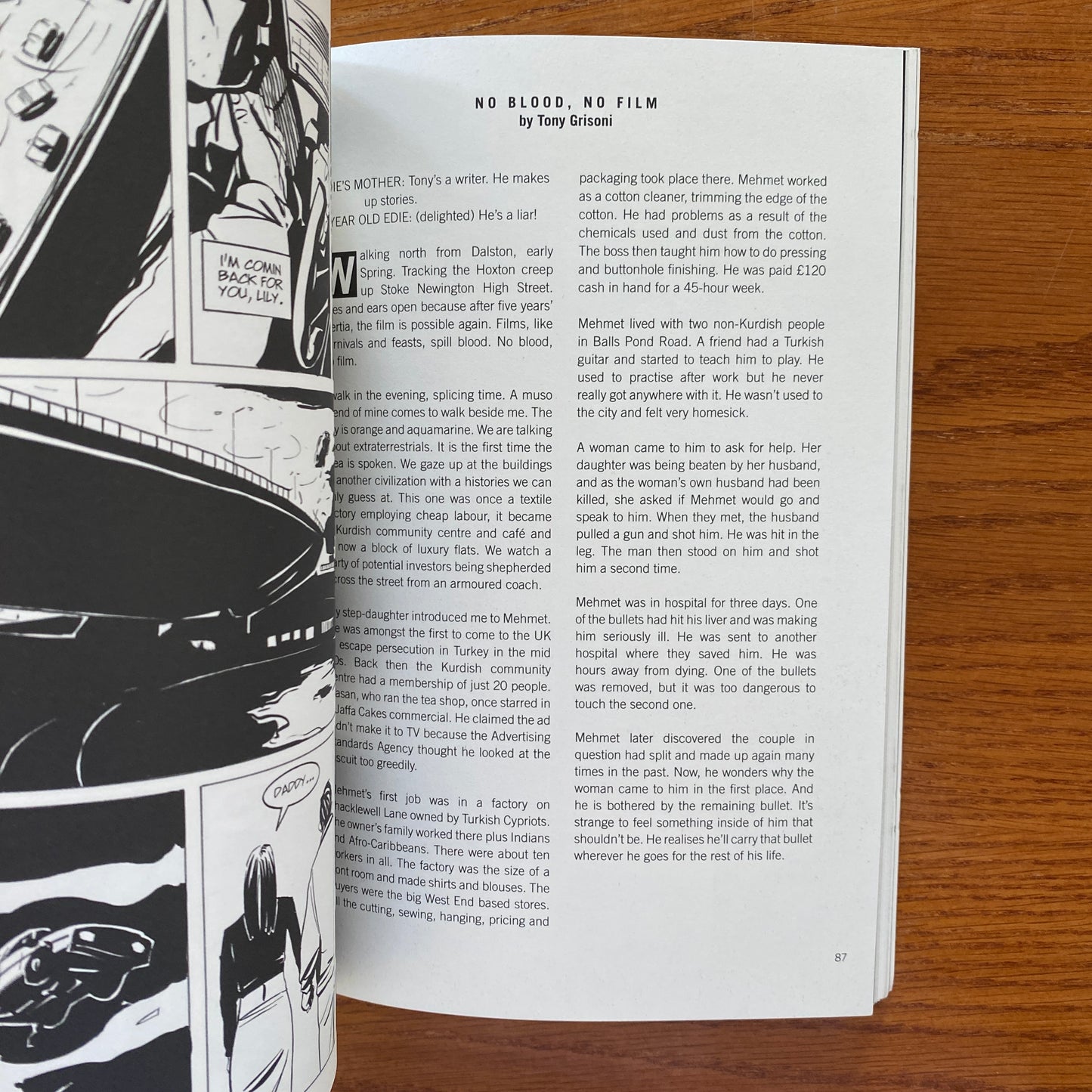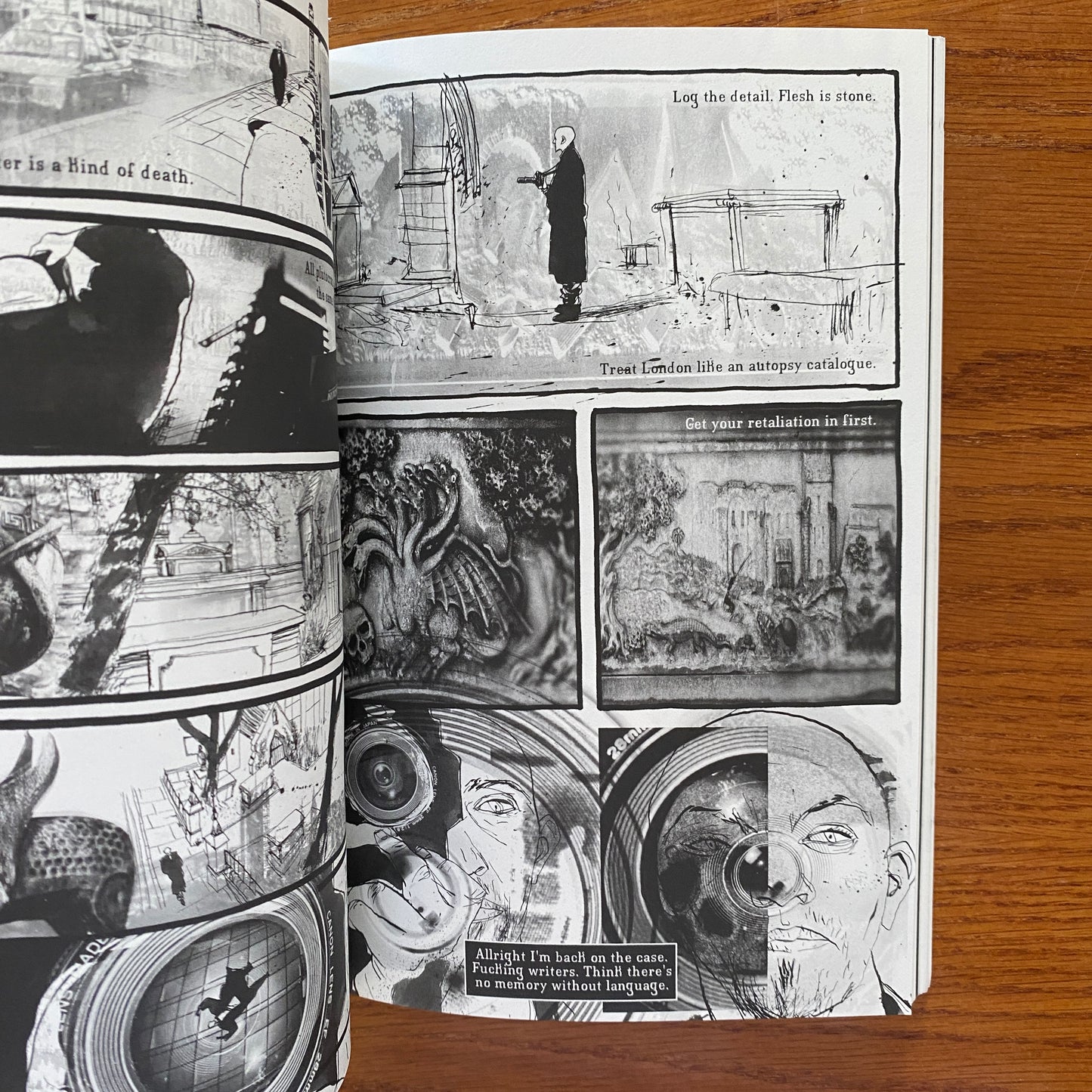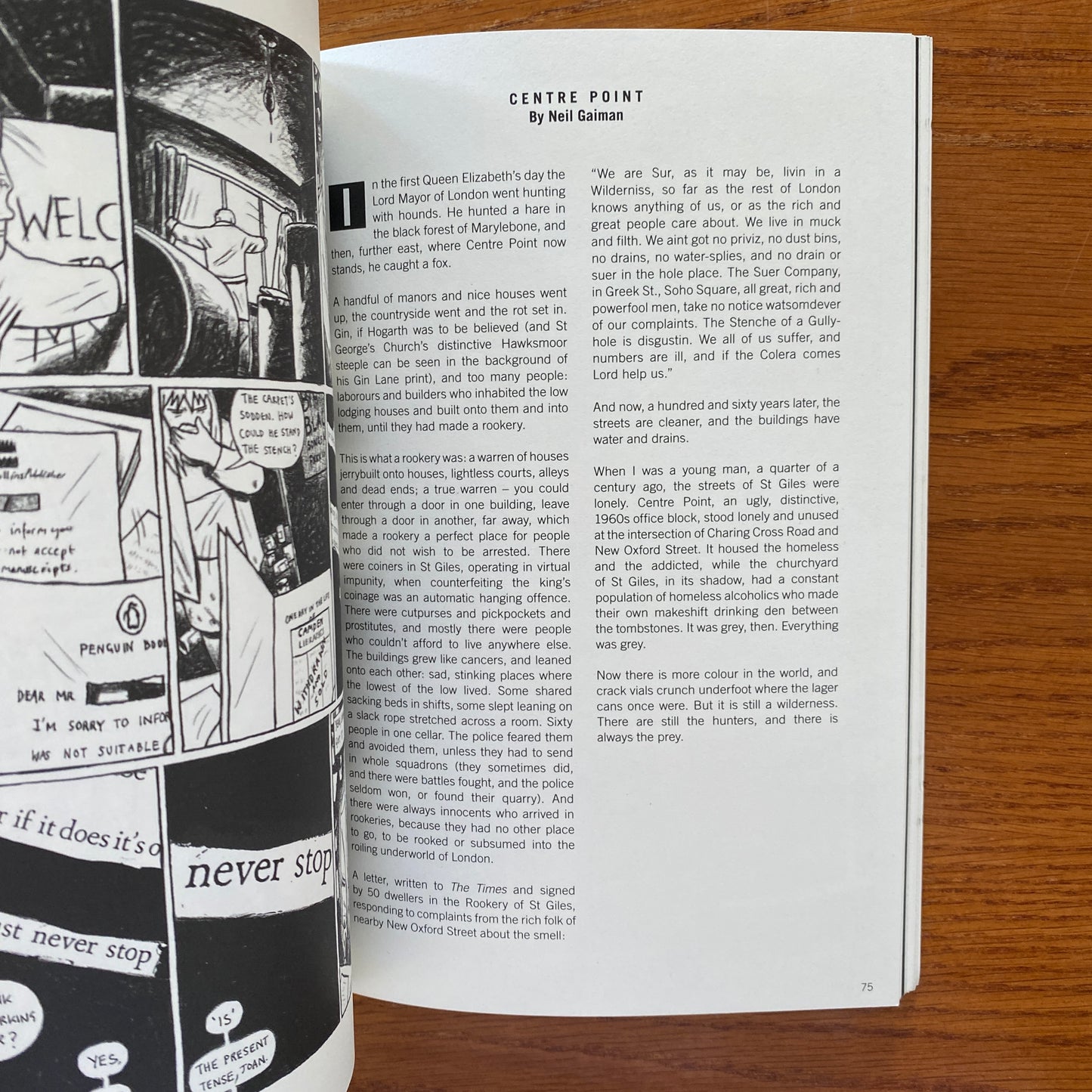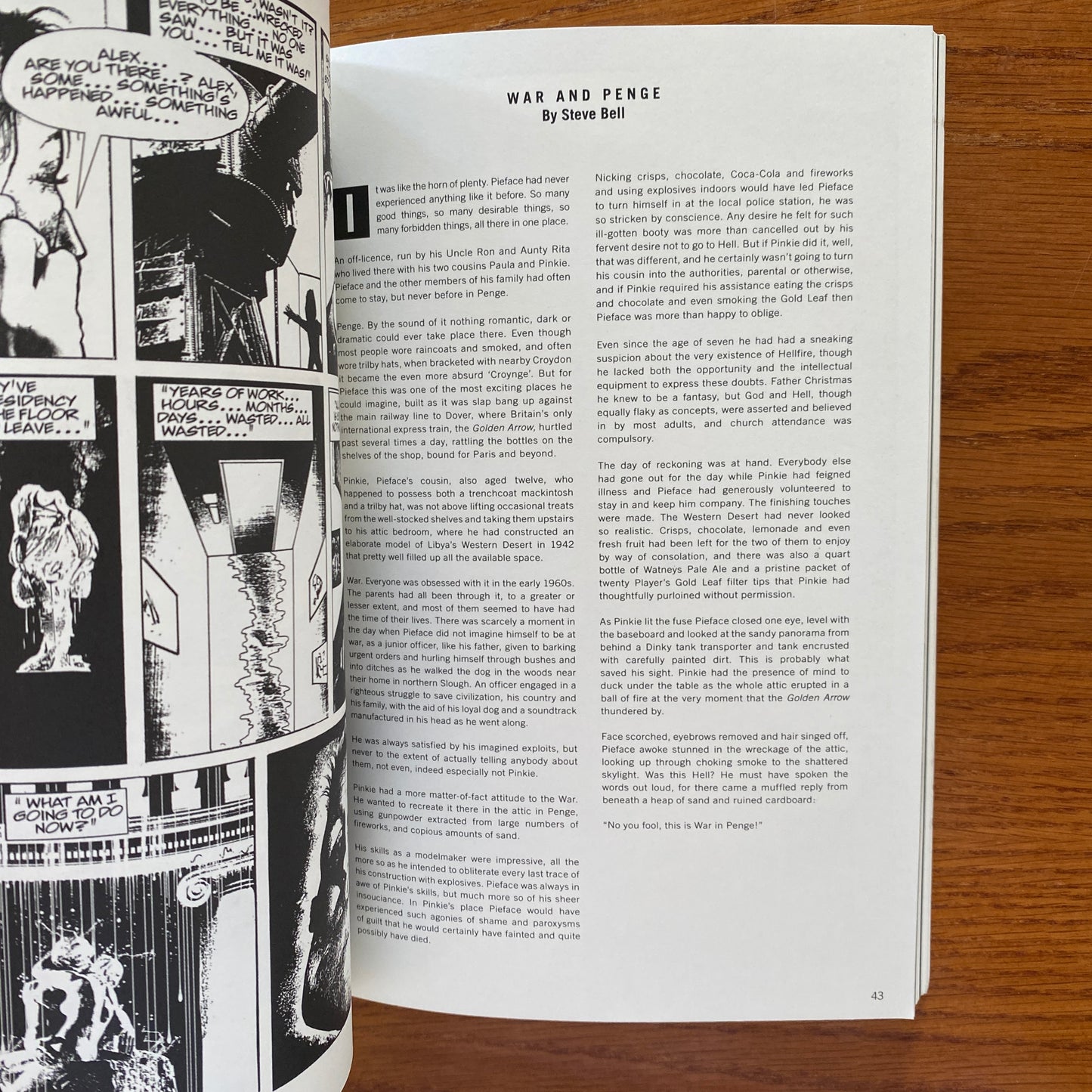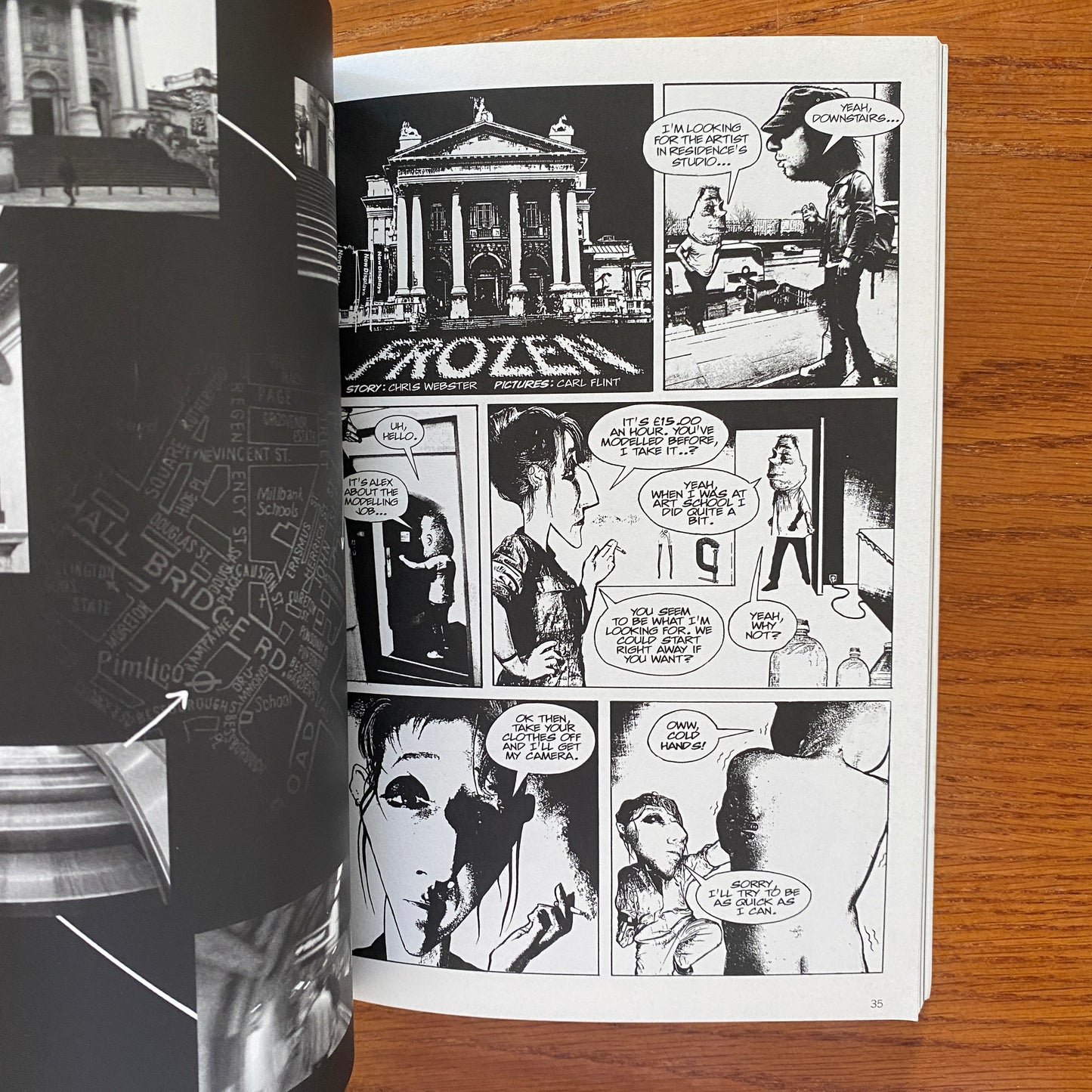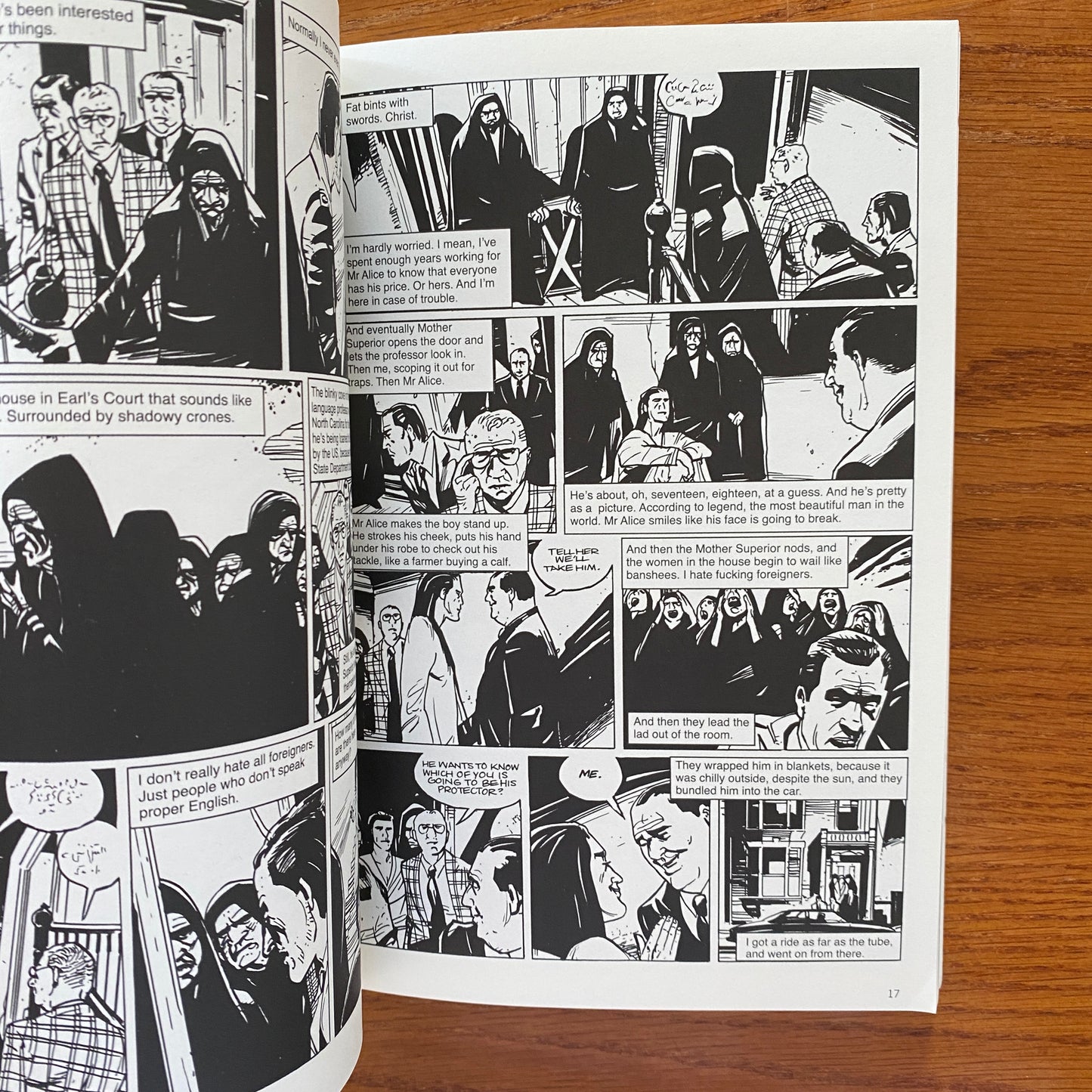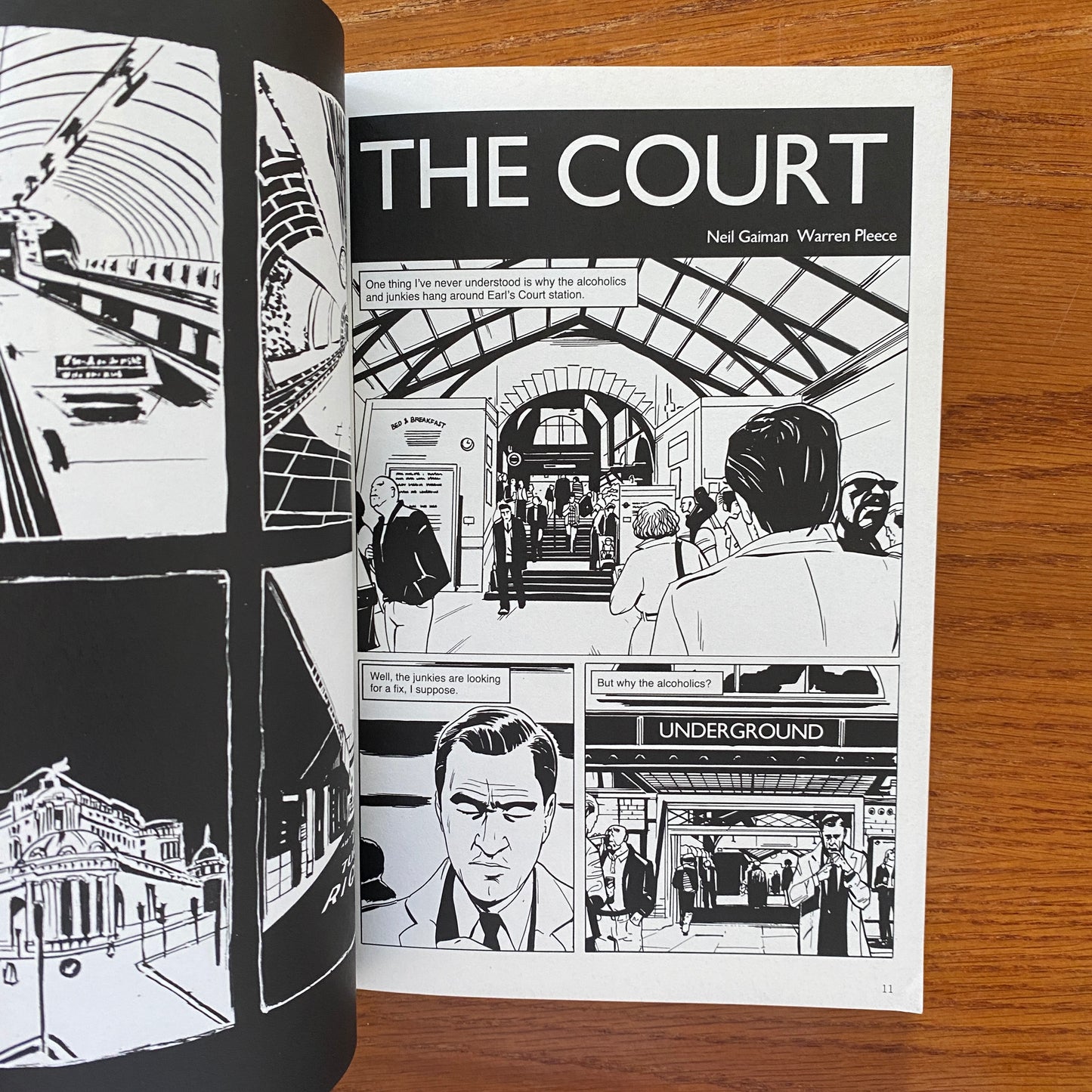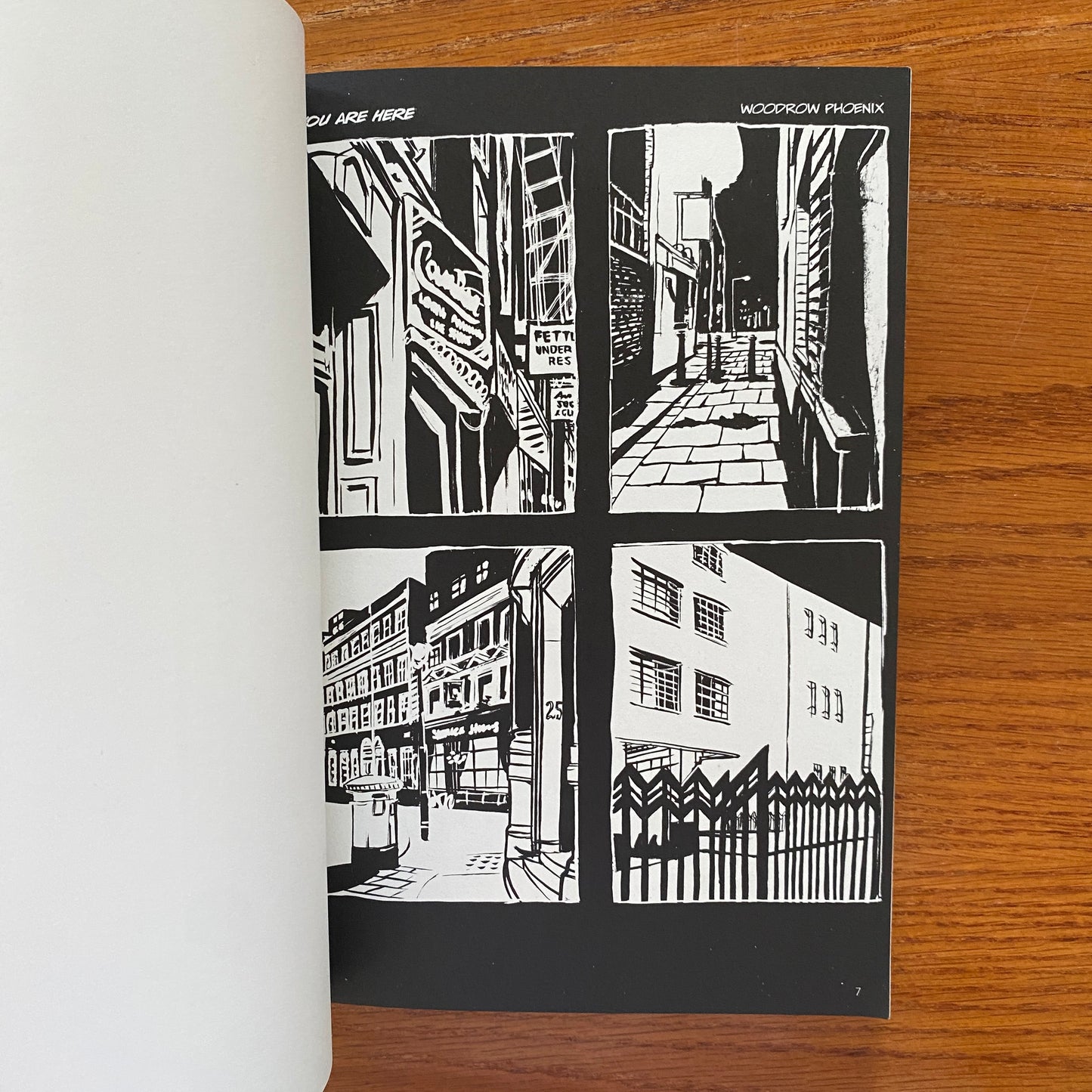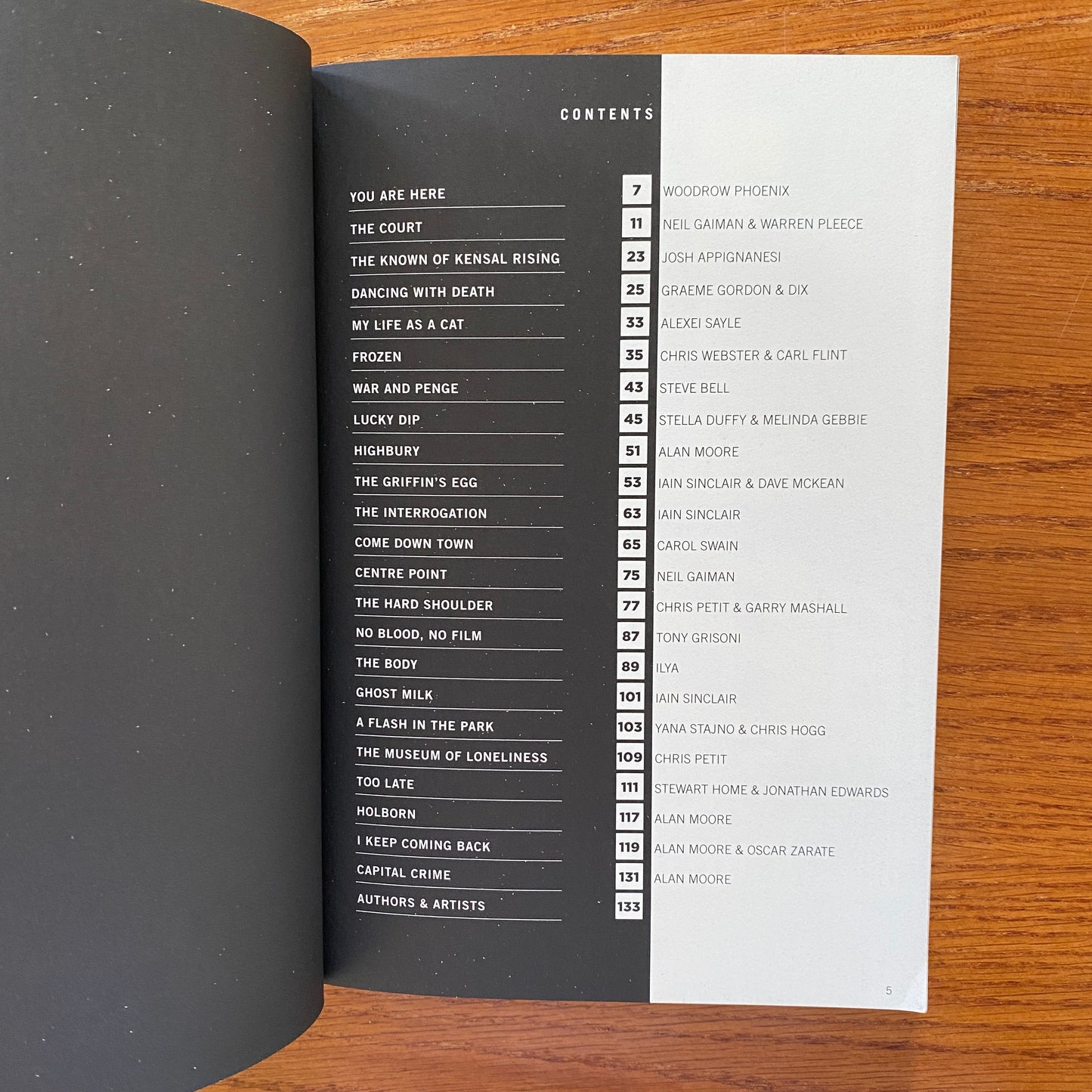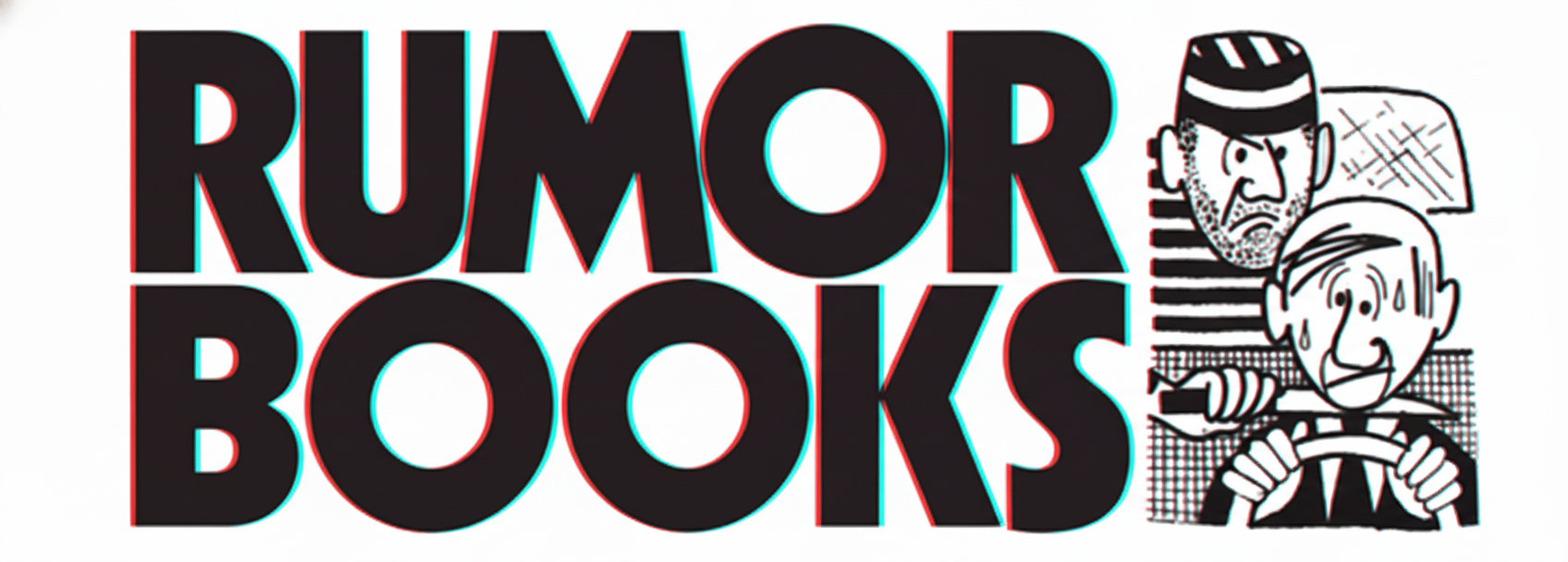Rumorbooks
It's Dark In London
It's Dark In London
Couldn't load pickup availability
Comics have thrived in London over the centuries with Gilray, Hogarth, the first edition of 'Comick Magazine' in 1976, Thomas Rowlandson's 'Doctor Syntax' in 1809 and the first edition of Punch in 1841. In this century, there have been attempts to reserve comics for kids with the growth of magazines like Dandy and Beano. But the comic strip is too rich an art form to be just for kids - in recent years, a new generation of British artists has developed a rich synthesis of the Continental graphic novel and American comic strips. In It's Dark in London the work of some of these artists is featured - Alan Moore, Ilya, Neil Gaiman, David McKean, Carol Swain, Dix - in tandem with the stories of London writers like Iain Sinclair, Graeme Gordon, Christopher Petit and Stella Duffy. This fusion produces a portrait of London that captures the city's fundamental essence as exquisite mixture of lofty towers and gutter sleaze, of suburban gentility and urban depravity, of private vices and public philanthropy.
Writing back to Rome in 36 AD from Londinium, the illustrator Malus Maximus wrote: "Depravity, plague and licentious debauchery seem to bring out the best in the rude, blunt, thick-skinned Saxon people. There is no shortage of subjects for me to depict." It's Dark in London features a generation of British artists who have developed a rich synthesis of the Continental graphic novel and American comic strips. Including the work of ? Neil Gaiman, David McKean, Alan Moore, Carol Swain, Dix ? in tandem with the stories of London writers like Iain Sinclair, Graeme Gordon, Christoper Petit and Stella Duffy. This fusion produces a portrait of London that captures the city's mixture of lofty towers and gutter sleaze, of suburban gentility and urban depravity, of private vices and public philanthropy. It is a book as graphic as it is visionary.
Share
